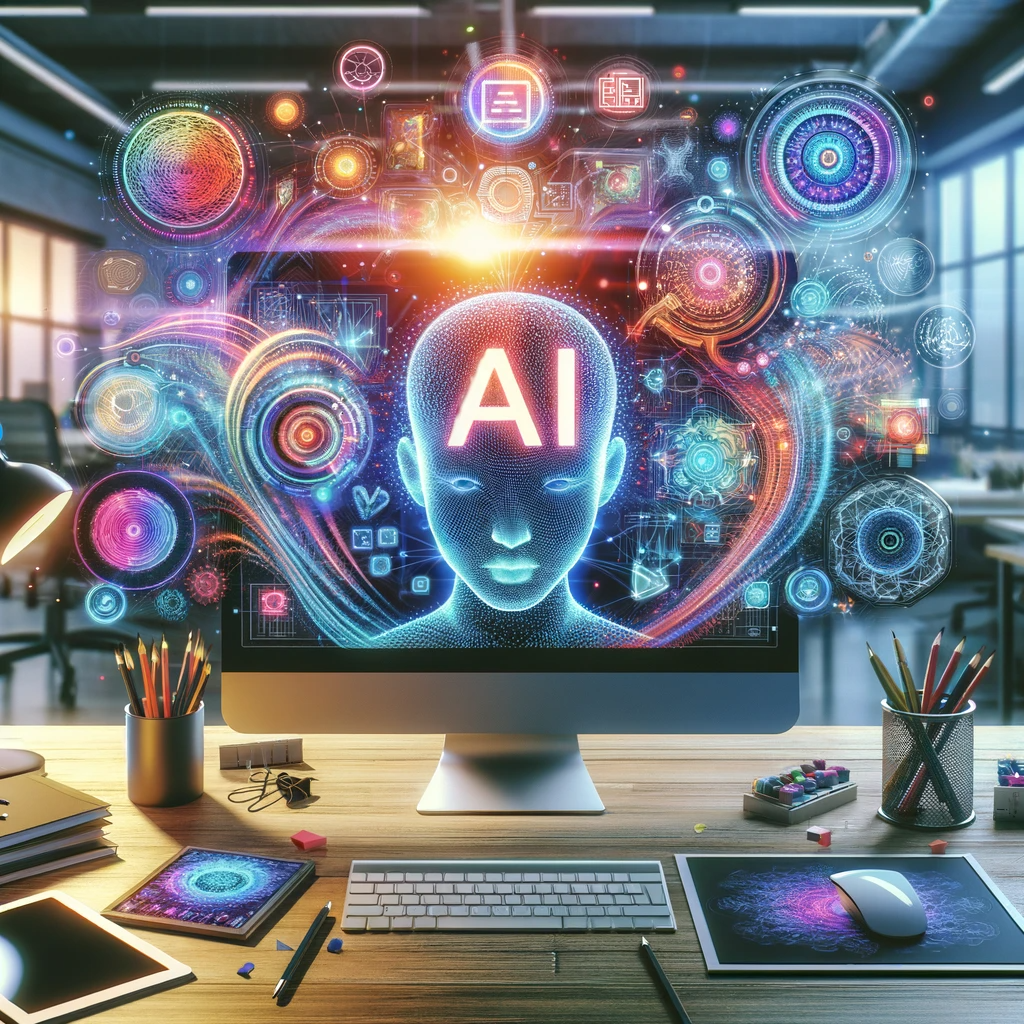In the dynamic world of image design, the integration of Artificial Intelligence (AI) is a groundbreaking evolution, revolutionizing how we move from concept to creation. This article delves into the various facets of how AI is transforming the image design process, making it more efficient, creative, and accessible.
1. Introduction to AI in Image Design
The inception of AI in image design marks a significant shift in the creative industry. AI algorithms, powered by machine learning and neural networks, are not just tools but collaborators that assist designers in transforming their visionary concepts into tangible creations. This technology is redefining the boundaries of creativity, allowing for the exploration of new realms of design that were once considered impossible.
2. Enhancing Creativity and Efficiency
One of the foremost benefits of AI in image design is its ability to enhance creativity while significantly reducing the time and effort involved in the design process. AI algorithms can analyze vast datasets of images and styles, providing designers with unique insights and inspirations. This capability enables designers to experiment with different styles and elements, pushing the boundaries of conventional design.
3. Automated and Customized Design Solutions
AI-driven tools offer automated solutions that can execute repetitive and time-consuming tasks with precision and speed. From adjusting color balances to resizing images for various platforms, these automated processes free up designers to focus on the more creative aspects of their work. Furthermore, AI can offer customized design recommendations based on specific project requirements, audience demographics, and current design trends.
4. Streamlining the Workflow
AI integration streamlines the entire design workflow. Cloud-based AI tools enable seamless collaboration among team members, irrespective of their geographical locations. AI can also predict potential design issues and offer solutions, thereby reducing the trial-and-error aspect of the design process.
5. Advanced Features and Tools
AI in image design is not just about automation; it’s also about providing advanced tools that can perform complex tasks. Features like smart object recognition, style transfer, and generative design algorithms allow designers to create more sophisticated and intricate designs. These tools can analyze and mimic artistic styles, enabling designers to create images that resonate with specific artistic influences.
6. Democratizing Design
AI technology is democratizing design by making advanced tools accessible to a broader range of people. With intuitive AI-powered design platforms, individuals without professional design training can create high-quality images and designs. This democratization is fostering a more inclusive and diverse design community.
7. AI in Educational and Professional Training
Educational institutions and professional training programs are increasingly incorporating AI into their curricula. This integration is preparing the next generation of designers for a future where AI will be an integral part of the creative process. These programs focus on how to effectively collaborate with AI tools to enhance creativity and innovation.
8. Ethical Considerations and Challenges
While AI brings numerous advantages to image design, it also raises ethical considerations. Issues such as the originality of AI-generated designs and the potential replacement of human designers are topics of ongoing debate. It’s crucial for the design community to establish guidelines that address these ethical challenges.
9. Future Prospects
Looking ahead, the role of AI in image design is poised to grow exponentially. With advancements in AI technology, we can expect even more sophisticated tools that will further enhance the creative process. The future may see AI not just as a tool but as a co-creator, working alongside humans to push the frontiers of imagination in image design.
10. Conclusion
In conclusion, the integration of AI into the image design process is a transformative development that is reshaping the industry. It enhances creativity, streamlines workflows, and democratizes design, making it more accessible to a wider audience. As we embrace this technological advancement, it’s important to navigate the ethical considerations and prepare for a future where AI plays a central role in the creative process.
In the evolving landscape of image design, AI stands not just as a technological marvel but as a catalyst for a new era of creativity and innovation. The journey from concept to creation has never been more exciting, with AI paving the way for endless possibilities in the world of design.
